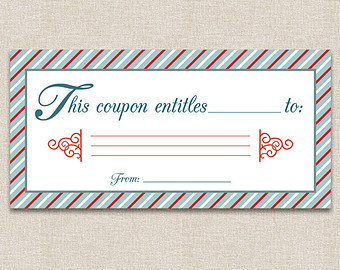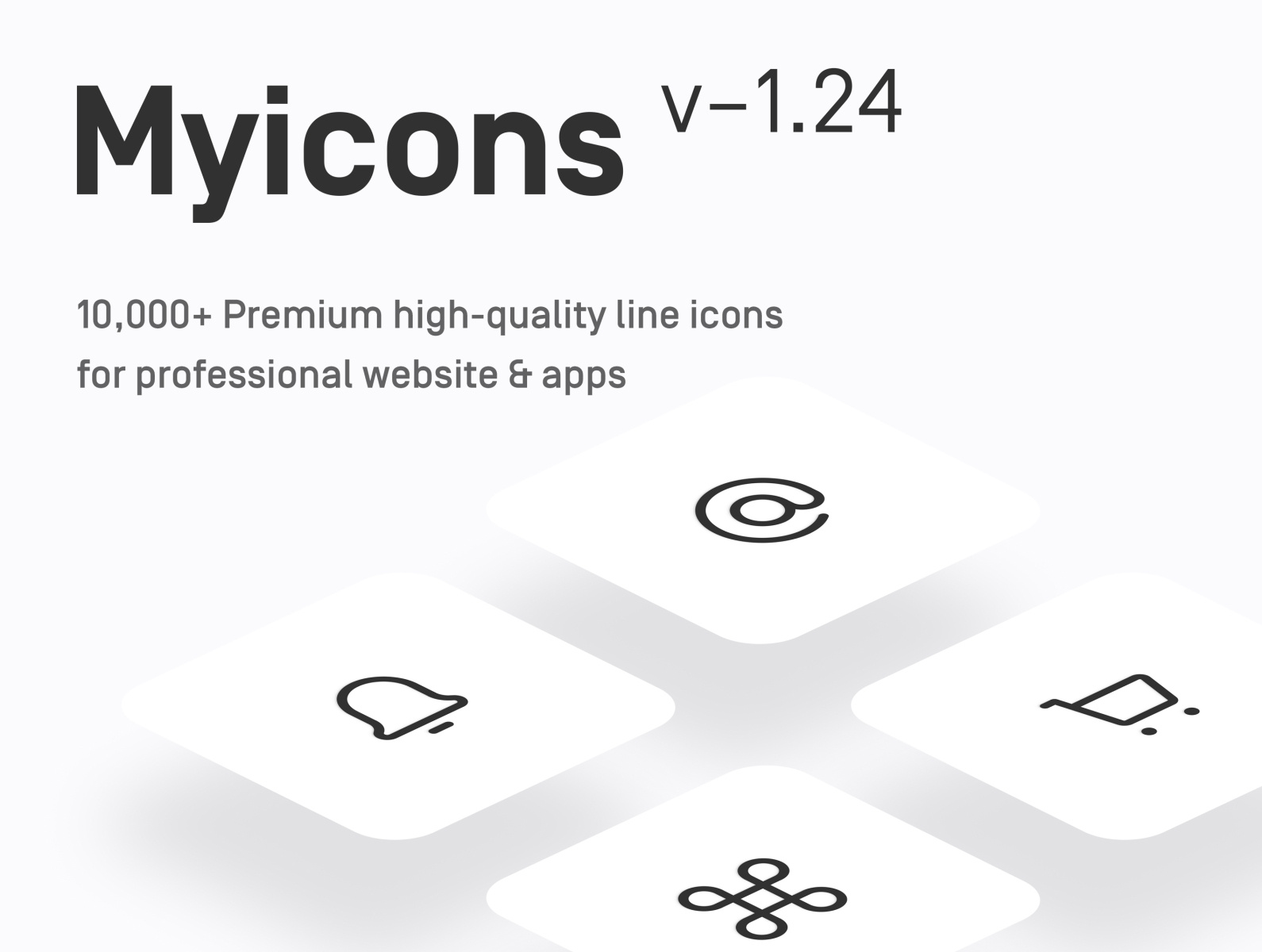

The naming convention here is entirely down to you, and what you feel most comfortable with.

The Body I set at a healthy 18pt to improve legibility, especially when creating long-form content.Īs well as the Headings, and Body styles, I created styles for Lead, Small, Caption, and X-Small, with the latter being perfect for when creating designs for mobile, and the former for when dealing with Desktop projects. Who’s got time for a 10000-word article right?Įven so, when building out your own System I recommend sticking to a 2 Font Family rule if possible.įor my own System, I chose Inter and Oxygen as the Base Font Families because they complement each other really well, and they’re not too decorative as initial Base options.Īs well as creating oversized Display Styles, I also created styles for the usual suspects of H₁ to H₅ using Modular Scaling, with my Body text size set at 18pt, and using a Ratio of 1.2.
#Iconjar coupon how to
It’s not a guide on showing you how to create one from start to finish. PLEASE NOTE: This article is here to help give you valuable tips, and advice on the best way of starting your own Design System. So with all that said, let me show you how I put together my Design System Cabana for Figma, and in the process help you better understand what goes into creating a versatile and powerful System for yourself. Something which enables you to have those core UI elements pre-built, ready to go, allowing you to focus on the nuances of a design project, and complete it so much faster. In its most basic form, I like to think of it as a Component Library and Style Guide rolled into one. This is where a Design System can come to your assistance.

Wouldn’t it be better if you could kick-start your design projects faster, and save yourself so much time? Do you like staring at a blank canvas every time you start a new project in Figma?


 0 kommentar(er)
0 kommentar(er)
